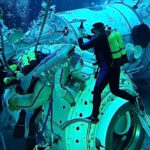A defining characteristic of the modern space age is the fact that more and more nations are participating like never before. Here’s a comprehensive list of what’s being done by the major space powers.
Today is a time when more countries and the commercial space sector (also known as “NewSpace”) are participating in space like never before. In addition to China, India, and Europe, there have been very impressive gains in the past few years among traditional superpowers (NASA and Roscosmos).
Apart from these space agencies, smaller space agencies have also made significant contributions to human space exploration. The number of participants is likely to increase in the coming decades. The following is a list of the 12 largest space agencies in the world today.
1. Chinese National Space Agency
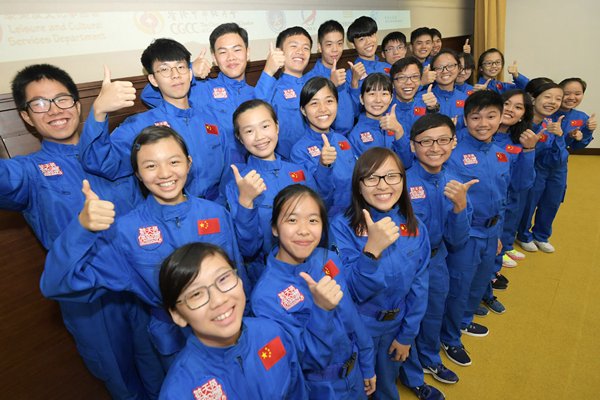
As the world’s fastest-growing space agency, China National Space Agency (CNSA) represents the future of space exploration. Over the past two decades, China’s space program has grown significantly along with their economic miracle and has mounted increasingly advanced and ambitious missions as a result.
Chinese scientists hope to deploy a modular space station, carry out crewed missions to the Moon and to Mars, and work on some ambitious projects that will put them on an equal footing with NASA and Roscosmos.
Among the firsts of space exploration:
Chinese astronauts have set some impressive records in the space race, despite entering after the United States and Russia. Since the beginning of the space age, they have been the first to:
- The launch of the heaviest satellite ever (Dong Fang Hong-I, 1970)
- Launch a spacecraft directly from lunar orbit to the L2 Lagrangian point (Chang’e 2, 2011)
- Launch a spacecraft directly to an asteroid from a Sun-Earth Lagrangian point (Chang’e 2, 2012)
- Investigating both the Moon and an asteroid (Chang’e 2, 2012)
- Soft landing on the far side of the Moon (Chang’e 4, 2019)
2. European Space Agency
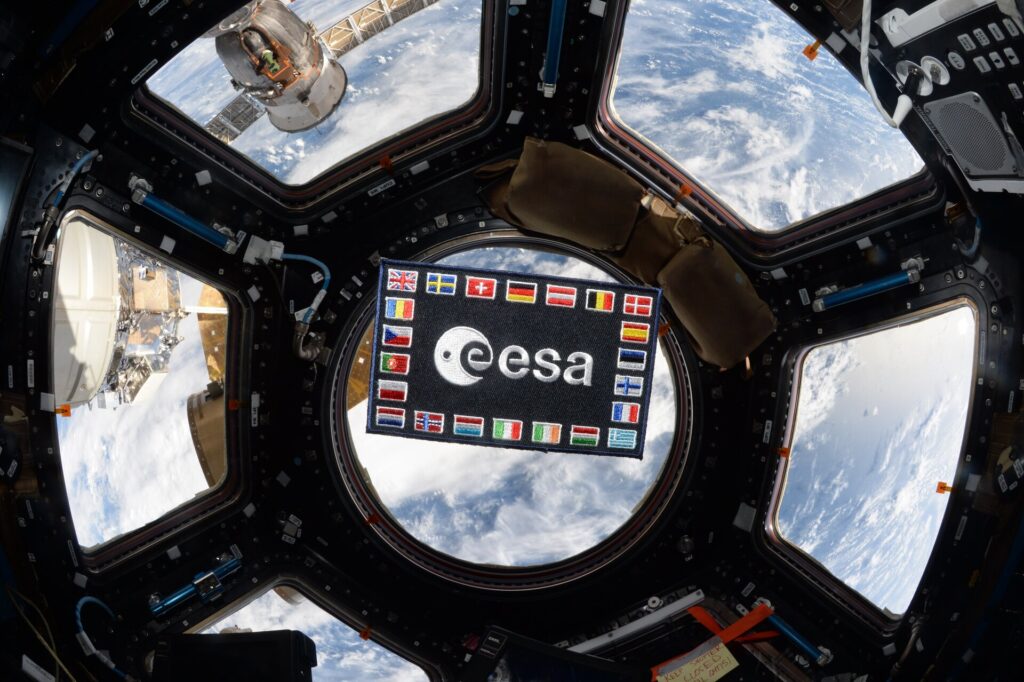
TEN countries in Europe came together to form a space agency (Belgium, Denmark, France, West Germany, Italy, the Netherlands, Spain, Sweden, Switzerland, and the UK) that would combine space programs and infrastructure from each nation.
Despite its relative youth, the ESA has a long history of space exploration, dating back to a time when the US and its NATO allies held a competition for supremacy in space. In the aftermath of the Cold War and the formation of the European Union, Europe has become a major force in space.
Among the firsts of space exploration:
Since its founding, the ESA has not achieved a great deal of firsts, but those it has made are quite impressive. Among them is the fact that ESA is the first space agency to:
- Orbit a comet with a robotic spacecraft (Rosetta, 2014)
- Land on a comet with a soft landing (Philae, 2014)
3. Indian Space Research Organization
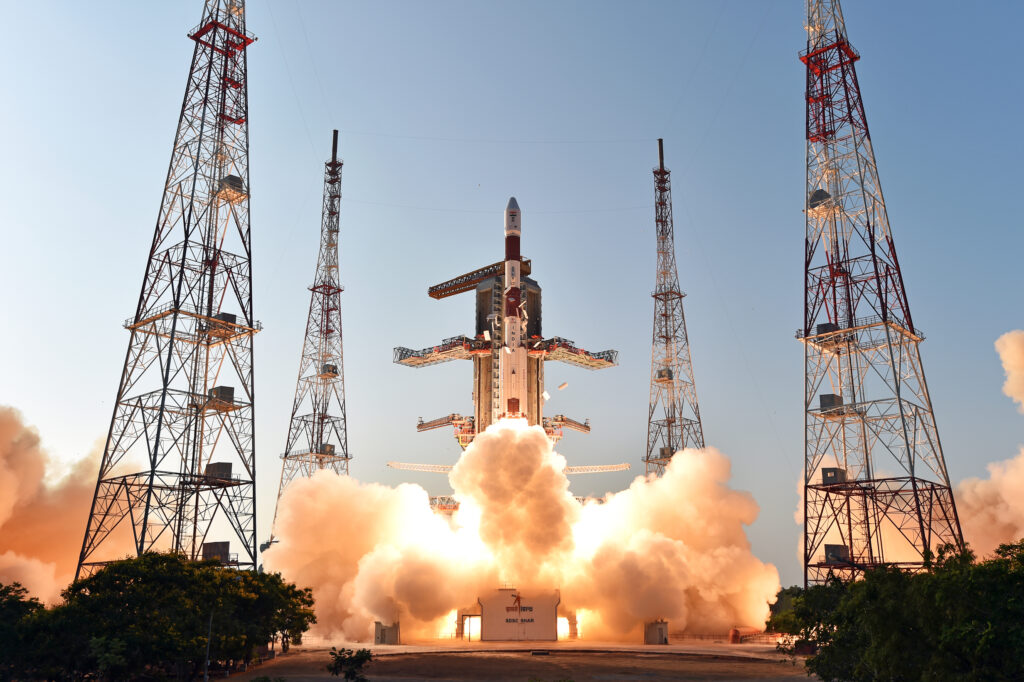
Similarly to China, India’s space program has experienced a rapid expansion in the last few decades due to the country’s increasing economic power. However, India has a much longer history of space exploration than international peers.
As part of India’s plan to become a fourth power in the future, it plans to send humans into space, send orbiters, rovers, and landers to explore other celestial bodies, and eventually launch humans into space.
Among the firsts of space exploration:
As with the ESA, India hasn’t made many firsts in space, but they’ve done a lot in a short period of time, and they’re working hard to improve in the future as well. This is the first time that the ISRO has:
- The first mission by an Asian space program to reach Mars (Mangalyaan, 2014)
- Reached Mars orbit on the first attempt (Mangalyaan, 2014)
- Set the record for launching the most satellites at once (104) (PSLV-C37, 2017)
4. National Aeronautics and Space Administration
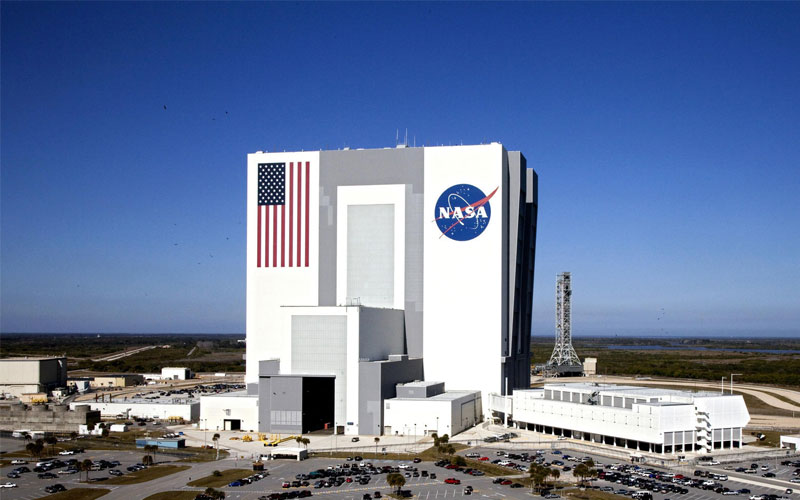
NASA has a long history of accomplishments. Throughout history, NASA has sent astronauts into space in the late 1950s and early 1960s as well as exploring the Solar System’s inner and outer regions.
There is some concern that NASA won’t be able to maintain its leadership in space for long with other space agencies gaining ground. In an effort to accomplish this, NASA is planning to send crewed missions to the Moon and to Mars for the first time.
Among the first of space explorations:
NASA has also earned a number of firsts over the years. The following NASA milestones are listed in chronological order:
- Live organisms sent into space (1947)
- Observe the geomagnetic field from Earth and interplanetary space (Pioneer 1, 1958)
- Construct the world’s first weather satellite (Tiros I, 1960)
- Measure the interplanetary magnetic field and solar winds (Explorer 12, 1961)
- Fly a spacecraft into space, land in a spacecraft, and land on water (Alan Shephard, Freedom 7, 1961) and so on..
5. Soviet Space Program/Roscomos

As NASA’s chief rival in space between the period immediately following World War II and 1991, it was the Soviet Space Program. The issue of changing budget climates, political problems and opposition from the European Union eventually led Russia to cede leadership to NASA in the “Space Race.” Russia had taken an early lead in the race and had achieved many firsts.
In the aftermath of the fall of communism, Russia’s space program went through a downturn due to economic issues. It was not until the State Corporation for Space Activities (Roscosmos) took over the leadership of the Russian space program that it experienced a renewed interest.
Despite today’s rivalry between NASA and Roscosmos, the two entities are increasingly cooperating through programs such as the International Space Station. Moreover, Roscosmos stands to benefit from a number of lucrative international ventures in an era of renewed space exploration.
Among the first of space explorations:
There are many impressive firsts in Russian space exploration history. Besides being the first country to reach space, Russia has also maintained its superiority in several other fields. Russia was the first country between the Soviet space program and Roscosmos to:
- Test of an intercontinental ballistic missile (R-7 Semyorka, 1957)
- Launch of the first satellite (Sputnik 1, 1957)
- Launch of the first animal into Earth orbit (Laika in Sputnik 2, 1957)
- Launch of the first artificial object to escape Earth’s gravity, communicate and transfer data to and from outer space, and pass near the moon (Luna 1, 1959)
- Launch of the first lunar probe (Luna 2, 1959)
6. Canadian Space Agency

Canadian Space Agency (CSA; originally Agence spatiale canadienne, ASC) is the federal space agency established in 1990 by the Canadian Space Act. Innovation, Science, and Economic Development Minister is responsible for managing the agency.
The Canadian Space Agency administers the country’s space program. In collaboration with ESA and NASA, Canada has contributed technology, expertise, and personnel to the global space effort. Among the most notable Canadian technological contributions to space exploration are the Canadarm and Canadarm2 on board the International Space Station, as well as its astronauts and satellites.
Canadian support for the International Space Station comes in the form of the Mobile Servicing System, valued at $1.3 billion. The Mobile Servicing System on the International Space Station consists of Canadarm2 (SSRMS), Dextre (SPDM), a mobile base system (MBS) and multiple robotics workstations. A space vision system allows their robotic arms to be used more efficiently in all three Canadarm, Canadarm2 and Dextre models. Another Canadian technology of note is the Orbiter Boom Sensor System, which was an extension for the original Canadarm used to inspect the Space Shuttle’s thermal protection system for damage while in orbit. In conjunction with the Space Shuttle’s end of service mission, STS-134 (the penultimate mission of the Shuttle program), the boom was modified for use on the International Space Station.
7. Japan Aerospace Exploration Agency

The Japan Aerospace Exploration Agency was founded in 2003. Among its responsibilities are advances in technology, research, and satellite launches, moon research, asteroids data, as well as many other space research topics. In addition to observing rainfall and measuring carbon dioxide, it is also responsible for monitoring temperature.
8. Space Studies Institute in California
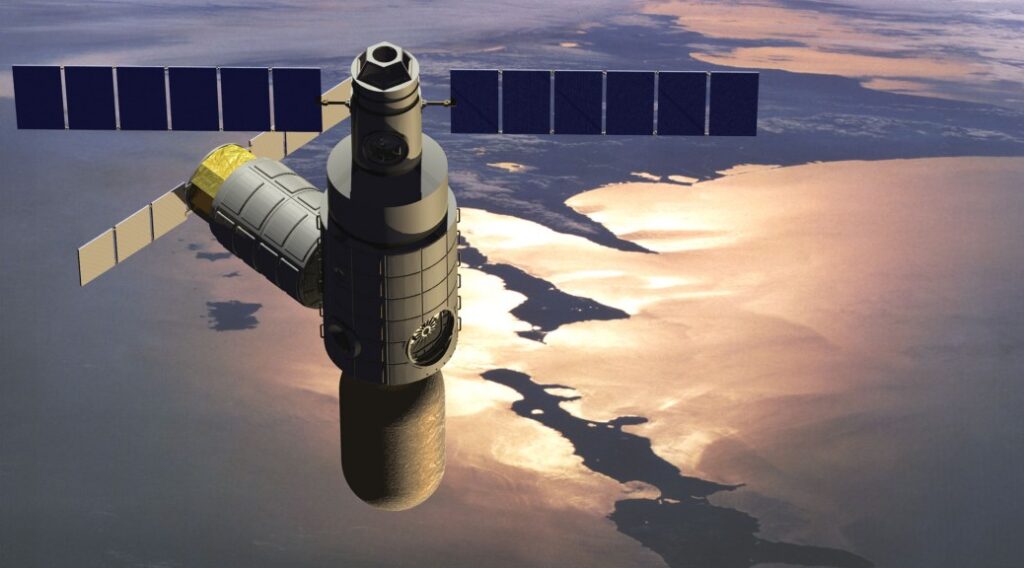
California’s Space Studies Institute was founded in 1977 as a non-profit organization. Researchers there are undertaking important research on non-terrestrial materials. For a better understanding of orbit missions, the institute’s research on transport mechanisms is useful.
9. German Aerospace Center

In the Federal Republic of Germany, the German Aerospace Center (German: Deutschen Zentrum für Luft- und Raumfahrt e.V. ), abbreviated DLR, is responsible for research in the fields of aerospace, energy and transport. It has multiple locations in Germany, including its headquarters in Cologne. As part of national and international research and development partnerships, the DLR is engaged in several projects. DLR not only conducts research, but also serves as Germany’s space agency. As such, it facilitates the German federal government’s space programme planning and implementation. The DLR manages several projects funded by German federal ministries and coordinates and answers technical and organisational questions.
German space agency DLR manages the country’s space activities on behalf of and under the instructions of federal agencies in charge of these activities. As a result, the German spaceflight program and activities are carried out by DLR. As the German aerospace industry’s foremost goal, DLR strives to increase the quality of its research and development, ensure its position as an international competitor and partner, and strengthen the German aerospace industry. By working with DLR, aeronautics and space flight advances are transferred into innovations that are competitive on the market.
10. Israeli Space Agency

A closed-door meeting ended in 1982 with the decision to establish an Israeli space agency. Ariel Sharon, Menachem Begin, and Aharon Beit Halahmi, the former director, took the decision. The initial goal was to pursue the program to develop to Ofeq and the Shavit launchers.[6] In January 1983, the Israeli government authorized the Minister of Science and Technology[6][7] Yuval Ne’eman to establish an Israeli Space Agency with the goal of advancing Israel’s space program, unlike the NCSR which was primarily used for feasibility and infrastructure studies. As of July 1983, the ISA was officially established in Tel Aviv to coordinate the nation’s space program in affiliation with the Ministry of Science, Culture, and Sport. Dror Sadeh was named its Director-General.
11. National Centre of Space Research

Aiming at sustainable economic development, the CNES (Center National des Etudes Spatiales – the French National Center for Space Studies) launched a call for proposals in September 2010 to integrate satellite technology into industry. A special lane assignment system that automatically opens or closes traffic lanes developed by Assystem for the motorway network in Ile-de-France was selected for a satellite solution.
12. Korea Aerospace Research Institution

South Korea’s aeronautics and space agency, established in 1989, is the Korea Aerospace Research Institute (KARI). In Daejeon, at Daedeok Science Town, the center’s main laboratories are situated. Kari is committed to continue building on indigenous launch capabilities, enhancing national safety and public service, industrializing satellite data and application technology, exploring the moon, and developing highly efficient, environmentally-friendly airlines and core aerospace technologies. KSLV-2 is one of the company’s current projects. The satellite Arirang-1 was launched in 1999 as part of past projects. 1989 saw the founding of the agency. In the years before South Korea’s entry into the Institute for Advanced Engineering (IAE) in 1992, it was primarily focused on aerospace technology.
Major functions:
Contributing to the development of the national economy and enhancement of national life through new explorations, technological advances, development, and dissemination in the area of aerospace science and technology.
Missions:
- Developing and researching aircraft systems, satellites and launch vehicles
- Supporting national policy development in the aerospace industry, Supplying, disseminating and implementing aerospace-related information
- Partnership with industry, academia and research establishments, Support collaboration with aerospace related small and medium companies, commercializing technology
- R&D cooperation and technical outsourcing activities with government, private sector, corporate bodies and other organizations, Training of professional human resources in the major missions
CONCLUSION
Together, these astronauts are paving the way for a successful future in space for humanity. It’s not so far-fetched to imagine that human outposts will be established on the Moon, Mars, and perhaps even on the moons of Jupiter, Saturn, and even beyond.


